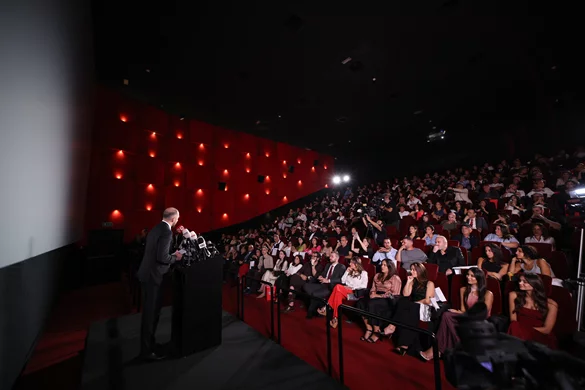Baalbek, located in Lebanon's Bekaa Valley, is a city steeped in history and culture. The site is home to some of the most impressive Roman temples in the world, with towering columns and intricate carvings. In this guide, we will explore the Roman temples of Baalbek that were designated a UNESCO World Heritage site in 1984, and provide you with all the information you need to plan your next visit.
History of Baalbek
Baalbek has a long and complex history, dating back over 8,000 years. The city was originally known as Heliopolis, which means "City of the Sun," and was a center of worship for the Canaanite god Baal. The Greeks later conquered the city and renamed it Baalbek, while the Romans transformed it into a major religious center, building a number of impressive temples. In the 16th century, European interest was drawn towards the remains of Baalbek. Unfortunately, a significant portion of the ancient settlement had been devastated by earthquakes. However, a German expedition conducted excavations from 1898 to 1903, during which they reconstructed the ruins of the two colossal Roman temples. The French mandate and, subsequently, the Lebanese government undertook extensive clearings and repairs to preserve the site.
The Roman Temples of Baalbek
The Roman temples of Baalbek are among the most impressive structures of the ancient world. They were built during the reign of Emperor Augustus in the 1st century AD, and they are a testament to the engineering and architectural prowess of the Romans. Learn more about the temples you must visit in Baalbek:
Temple of Jupiter
The Temple of Jupiter is the largest and most impressive of the Roman temples in Baalbek. It was built in the 2nd century AD and was dedicated to the god Jupiter. The temple is supported by 54 massive columns, each of which is over 19 meters tall. The temple's façade is adorned with intricate carvings, which depict scenes from Roman mythology.
Temple of Bacchus
Built in the 2nd century AD, the Temple of Bacchus is another impressive structure in Baalbek. It was dedicated to the god of wine, Bacchus. The Temple of Bacchus is designed in the Corinthian style. Out of the 42 columns that make up its outer colonnade, 23 have collapsed over time. While the temple's ornate embellishments indicate its dedication to the agricultural gods as the grand temple, the presence of bacchic symbols within the interior suggests that it likely served as a center for a spiritual practice related to salvation and mystery. It’s also worth noting that the temple is an UNESCO World Heritage Site.
Temple of Venus
The Temple of Venus is the smallest of the Roman temples in Baalbek. It was built in the 3rd century AD and was dedicated to the goddess Venus, whose life story is illustrated through elaborate carvings across the temple.
Planning Your Visit
If you're planning a trip to Baalbek to see the Roman temples, here are a few tips to help you make the most of your visit:
Dress comfortable: You'll be doing a lot of walking around the temples, so make sure you wear comfortable shoes and loose clothing.
Bring sunscreen: The Bekaa Valley can get very hot, so make sure you bring sunscreen to protect your skin from the sun.
Hire a guide: A guide can help you navigate the temples and provide you with valuable information about their history and significance.
Visit in the morning: The temples can get very crowded in the afternoon, so try to visit in the morning when it's less busy.
Getting There
Baalbek is about 85 kilometers northeast of Beirut. To get there from Beirut, take the Beirut-Damascus Highway from Beirut towards Zahle, and continue to follow the signs on the road. The trip will take approximately 2.5 hours, depending on traffic.
The Roman temples of Baalbek are a must-see for anyone interested in ancient history and architecture. They are a testament to the skill and ingenuity of the Romans and are a reminder of the rich cultural heritage of Lebanon. If you're planning a trip to Lebanon, make sure you add Baalbek to your itinerary.








.webp)
















